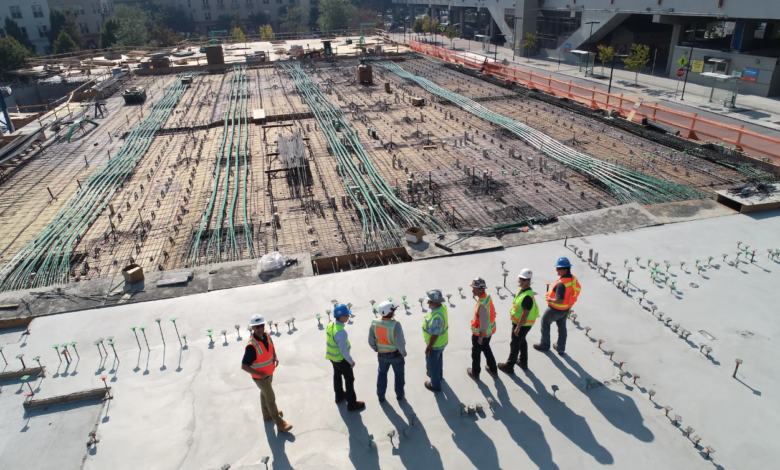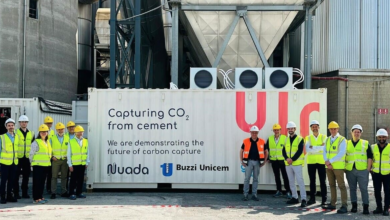Switch to circular construction reduces emissions by 75%

The transition to circular construction would also be economically profitable
– Carbon dioxide emissions in the construction sector could be reduced by up to 75% by 2050. How? Moving on to a model of circular construction, which today still struggles to start. But saving 4 gigatons of greenhouse gases is a goal that appeals to a sector that contributes significantly to climate change. This is why the new data, contained in the report published by McKinsey in collaboration with the World Economic Forum, are making the rounds of the desks at the top of the industry.
Also there is not only the ecological side, but also a possibility of economic return. In the true sense of the word, a circular construction could bring annual profits of up to 46 billion dollars by 2030 and 360 billion dollars by 2050.
The study’s author, Sebastian Reiter, explained that “the construction sector is crucial to reducing greenhouse gas emissions in the long term. A third of material consumption and 26% of global carbon dioxide emissions come from here. At the same time, the industry employs 7% of people globally and accounts for 13% of economic output“.
According to the report, the recycling of raw materials, carbon capture and storage and its reuse should contribute about 40% of this reduction by 2030. The report considers the potential for greenhouse gas reduction and net value gain for six building materials: cement and concrete, steel, aluminium, plastic, glass and gypsum. Bringing a circular approach into the cement industry is the action with the greatest potential for value creation among materials. The estimated net gain for cement alone is worth $10 billion in 2030 and $122 billion in 2050.
For other materials, however, increasing design for reuse, and using alternative fuels and recycled materials is imperative and can help transform the industry permanently and sustainably.





